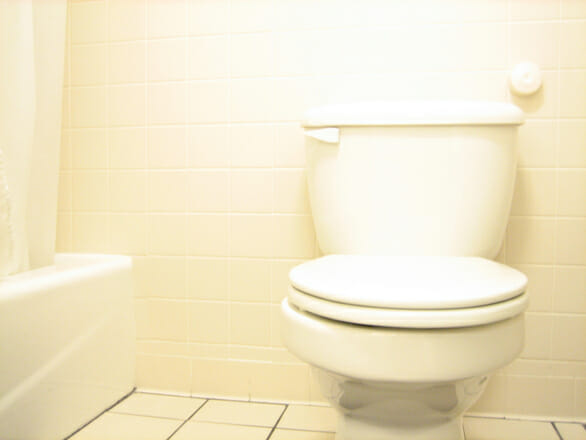Your Guide to Preventing a Sewer Backup
A sewer backup can be a costly and stressful affair, causing a great deal of inconvenience and truly a monumental mess in and around your home. When dirty water and raw sewage comes back up through your sinks, tub and toilets, you will find that your bathroom, laundry room or kitchen can end up with thousands of dollars of damage. Luckily, it is possible to prevent most sewer backups with some basic preventative maintenance.
Who is Responsible for Maintenance?
Homeowners clearly have the responsibility for all toilet stoppages; any clogged drain lines and most underlying issues inside their home. They are also responsible for tree roots or other acts of nature that may cause a plumbing issue on their property. What is less obvious is that a homeowner in fact is responsible for the entire sewer line all the way to the connection point to the city main in the street and as such would need to cover any repairs costs. The city is responsible for any sewer blockages or breaks that happen on the many city sewers lines themselves that are common to all homes in the neighbrohood.
The Benefits of Being Proactive:
Many people take a reactive approach to plumbing problems, only taking steps when water flow is reduced, or a blockage occurs. When it comes to sewer backups, there are a number of reasons why adopting a proactive approach is a far better idea. The main benefit of being proactive is the cost. Preventing a backup is significantly cheaper than the costs involved in cleaning and repairs after a backup. This is particularly relevant if home insurance policies fail to cover this type of issue.
Another benefit of being proactive is that it can add to the property value. Property inspections include checking the sewage system and any problems identified could impact the valuation.
Finally, being proactive is better for your health. A sewer backup allows germs, pathogens and other potentially harmful bacteria to enter into your home. This could cause illness or deterioration in existing health conditions.
The Basics of Sewer Backup Prevention:
There are several aspects of backup prevention. The first and the most commonly overlooked is an inspection. Hiring a professional to perform an inspection can be well worth the cost in the long-term. An inspection will offer an accurate condition report and highlight any structural or root damage to the sewer line that can be repaired before it causes significant damage.
The second proactive measure to be taken is making prompt repairs. It is important not to overlook any plumbing issues that could indicate a problem. For example, if the water has begun to drain slowly in the bathroom, it is likely that a blockage is beginning to form and needs to be removed.
You can also avoid many plumbing issues with some basic changes to your actions. To properly maintain your sewer system, you should avoid flushing inappropriate items down the toilet such as feminine products or diapers. You should also take care to ensure that you do not allow grease or food matter to go down the drain. Grease and food particles can solidify in the sewer or drain causing a clog or constriction in the line.
Another proactive step is to install a clean out, which allows a snake or a jetter to clean out the line in case of an obstruction and a backwater prevention valve. This is a fixture that can be installed into sewer lines or basement drain lines to prevent backups. This valve is a one-way system allowing sewage to be flushed out, but preventing water and material from flowing back.
By Giovanni Longo President Flood Brothers Plumbing
Giovanni Longo is a 3rd generation master plumber who has been practicing his craft and trade in the greater Los Angeles area for well over a decade and a half. A plumbing and hydraulics-engineering innovator, Giovanni’s particular world-class expertise focuses on dealing with challenging sewer system designs as well as resolving complex commercial and residential draining issues. As a certified Flood Mitigation expert, he is also well versed in a wide variety of water damage and remediation solutions





